Games like The Legend of Zelda: Phantom Hourglass
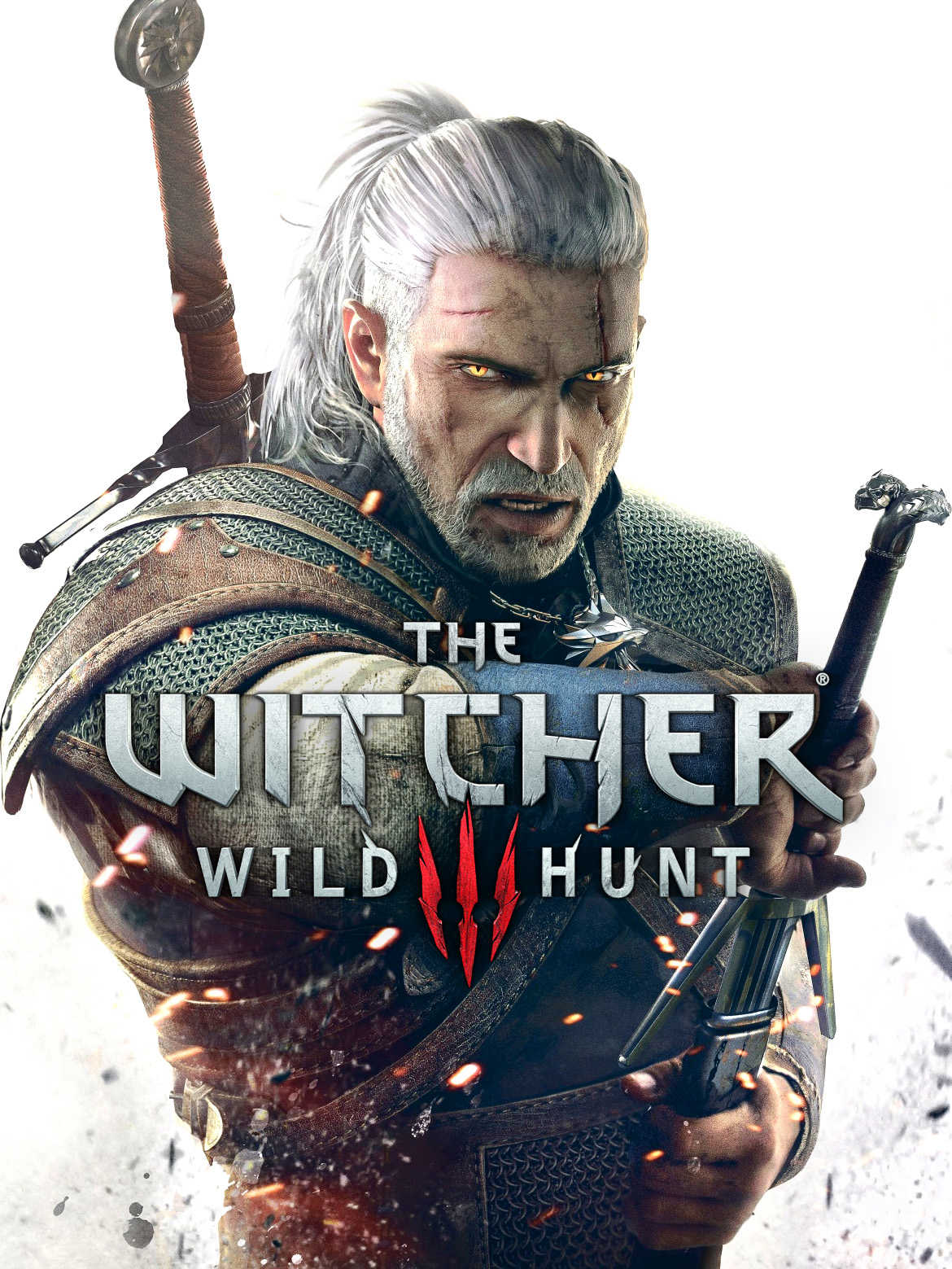
The Witcher 3: Wild Hunt
RPG and sequel to The Witcher 2 (2011), The Witcher 3 follows witcher Geralt of Rivia as he seeks out his former lover and his young subject while intermingling with the political workings of the wartorn Northern Kingdoms. Geralt has to fight monsters and deal with people of all sorts in order to solve complex problems and settle contentious disputes, each ranging from the personal to the world-changing.
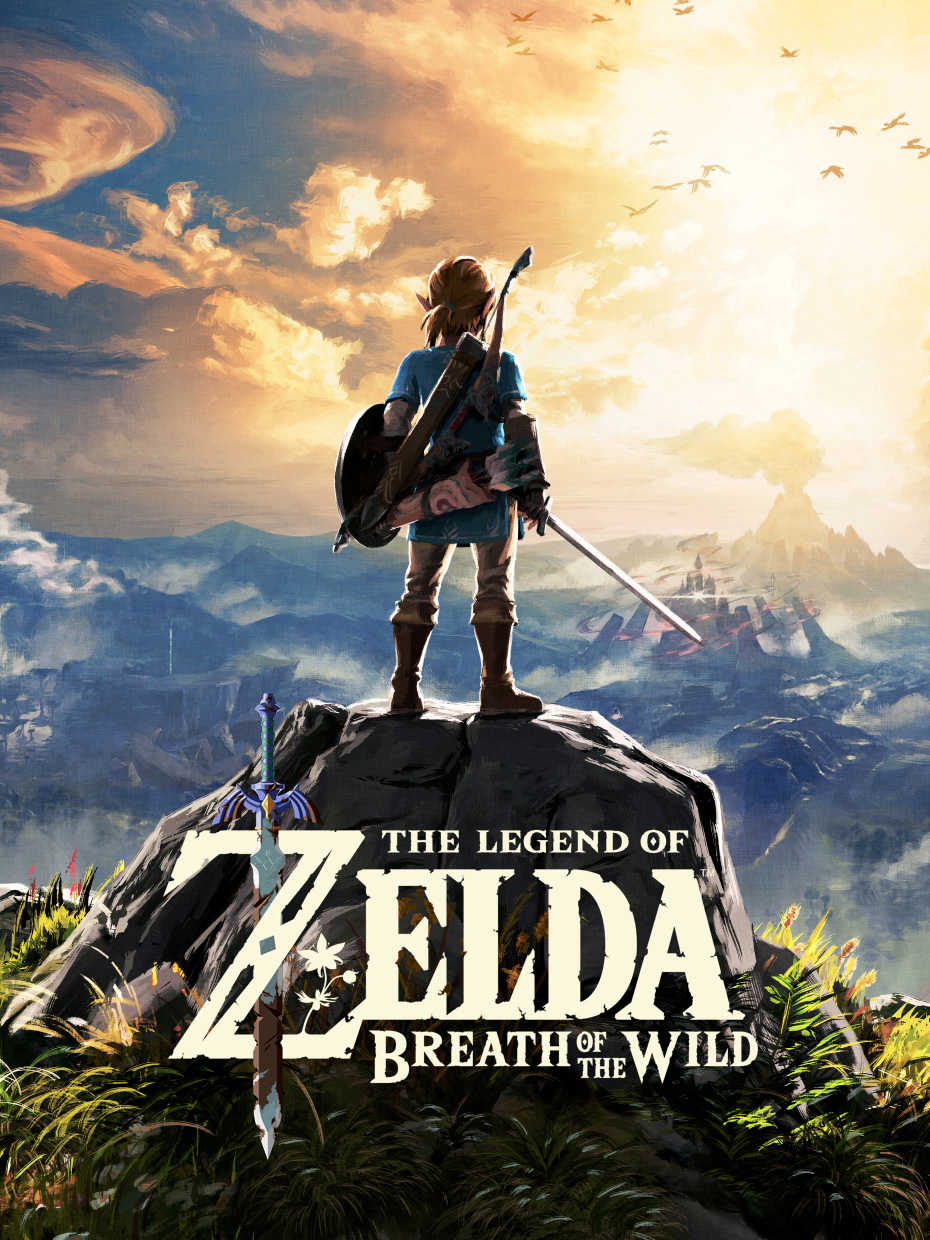
The Legend of Zelda: Breath of the Wild
The Legend of Zelda: Breath of the Wild is the first 3D open-world game in the Zelda series. Link can travel anywhere and be equipped with weapons and armor found throughout the world to grant him various bonuses. Unlike many games in the series, Breath of the Wild does not impose a specific order in which quests or dungeons must be completed. While the game still has environmental obstacles such as weather effects, inhospitable lands, or powerful enemies, many of them can be overcome using the right method. A lot of critics ranked Breath of the Wild as one of the best video games of all time.
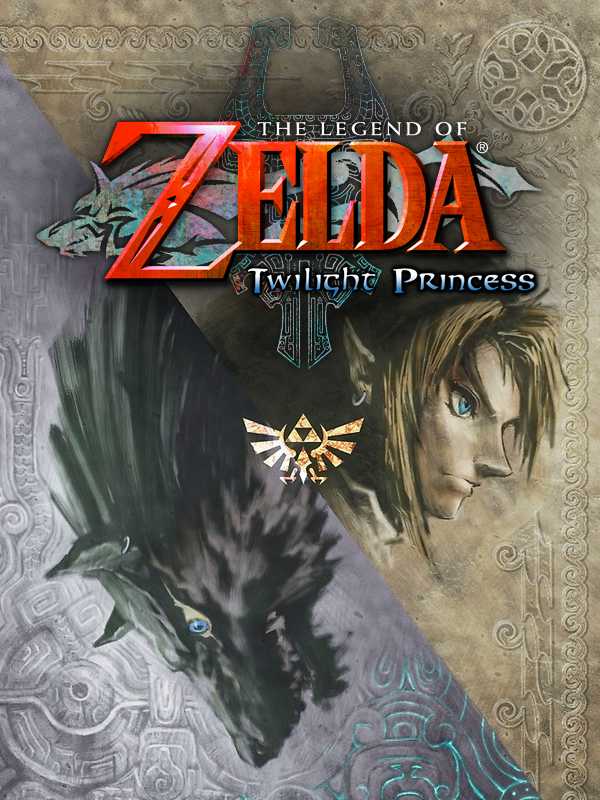
The Legend of Zelda: Twilight Princess
The Legend of Zelda: Twilight Princess is the last Zelda game for GameCube, it was highly anticipated by many members of the gaming community and was regarded as finally fulfilling the dreams of those who wanted a much more realistic and mature game than the ones before. The art is similar to the naturalistic style of Ocarina of Time, rather than the cel-shaded look of The Wind Waker. The main adventure takes place in several provinces with dungeons and temples. New to this game is the ability for Link to transform into a Wolf when entering the Twilight. As a wolf, Link can use his senses to solve puzzles and get past obstacles, he can also dig holes to find hearts and rupees. Twilight Princess has received universal acclaim from reviewers and journalists, who cited it as the greatest Zelda game of all time.
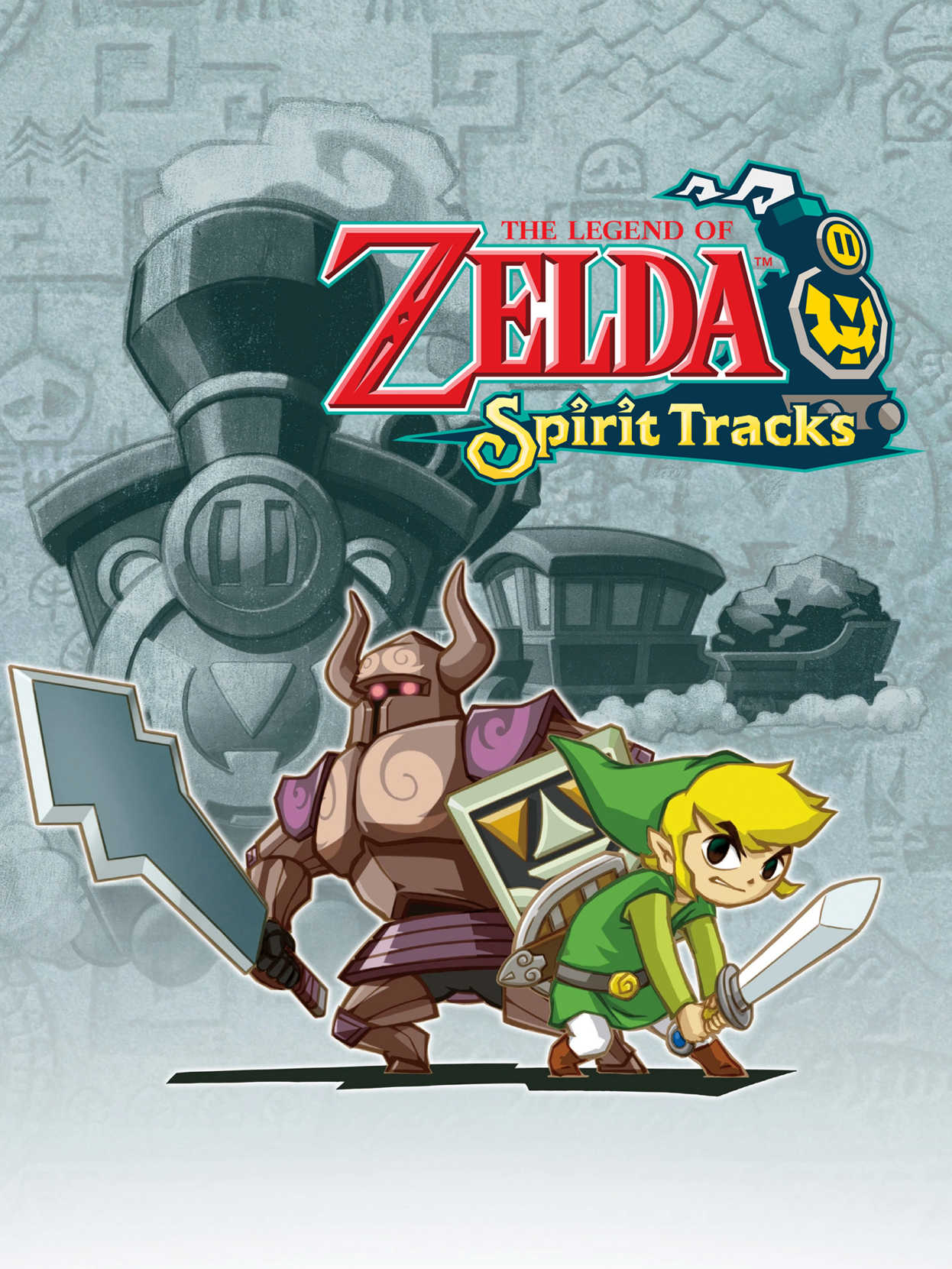
The Legend of Zelda: Spirit Tracks
The Legend of Zelda: Spirit Tracks is the second Zelda game for the Nintendo DS. The art direction is still cel-shading, but the game have notable changes from Phantom Hourglass with more puzzles and a new mode of transportation by train. You have to draw your route to the next area on the map and then let the train run its course. While the train is moving, caution will be needed to avoid obstacles, animals and enemies on the tracks. In certain dungeons, both Link and Zelda will be playable as they will need to work together to solve puzzles.
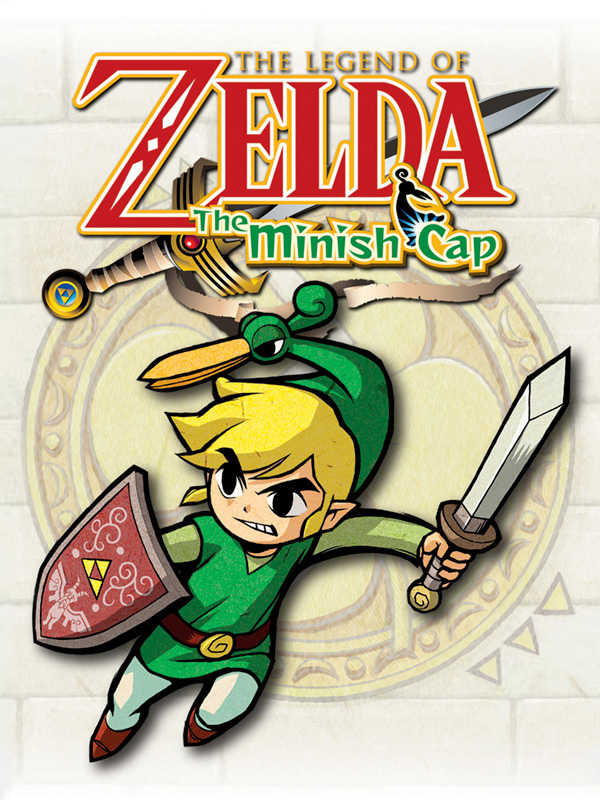
The Legend of Zelda: The Minish Cap
The Legend of Zelda: The Minish Cap is a top-down action adventure game that tells the origins of the evil Vaati from Four Swords. Like most other titles in the series, The Minish Cap features the fully explorable land of Hyrule, although it can be viewed from the eyes of a human or the eyes of a Minish, a race of tiny people and an alternate form that Link can transform into. Unlike the multiplayer focus of the other games in the series, The Minish Cap retains the original form of exploration and dungeons as seen in A Link to the Past, Oracle of Seasons, and Oracle of Ages, as well as returning characters and game mechanics such as Malon and the Spin Attack. New features include fusing Kinstones and shrinking to the size of a Minish.
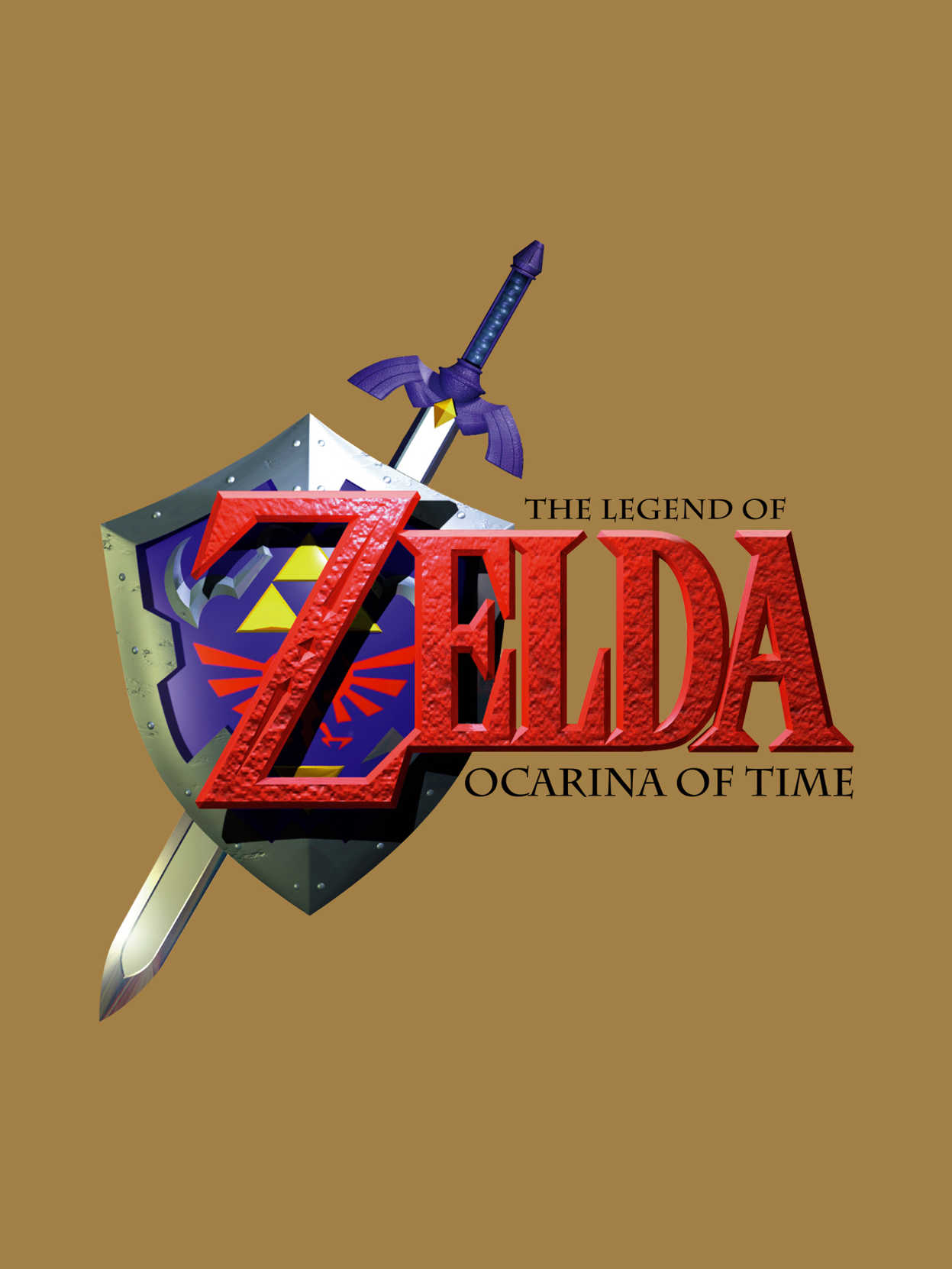
The Legend of Zelda: Ocarina of Time
The Legend of Zelda: Ocarina of Time is the fifth main installment of The Legend of Zelda series and the first to be released for the Nintendo 64. It was one of the most highly anticipated games of its age, and is listed among the greatest video games ever created by numerous websites and magazines. The gameplay of Ocarina of Time was revolutionary for its time, it has arguably made more of an impact on later games in the series than any of its predecessors even though they had the same cores of exploration, dungeons, puzzles and item usage. Among the gameplay mechanics, one of the most noteworthy is the time-traveling system. The game begins with the player controlling the child Link, but later on an adult Link becomes a playable character as well and each of them has certain unique abilities. Ocarina of Time also introduces the use of music to solve puzzles: as new songs are learned, they can be used to solve puzzles, gain access to new areas and warp to different locations. Dungeon exploration is somewhat more puzzle-oriented than in earlier games but they are not too complex.
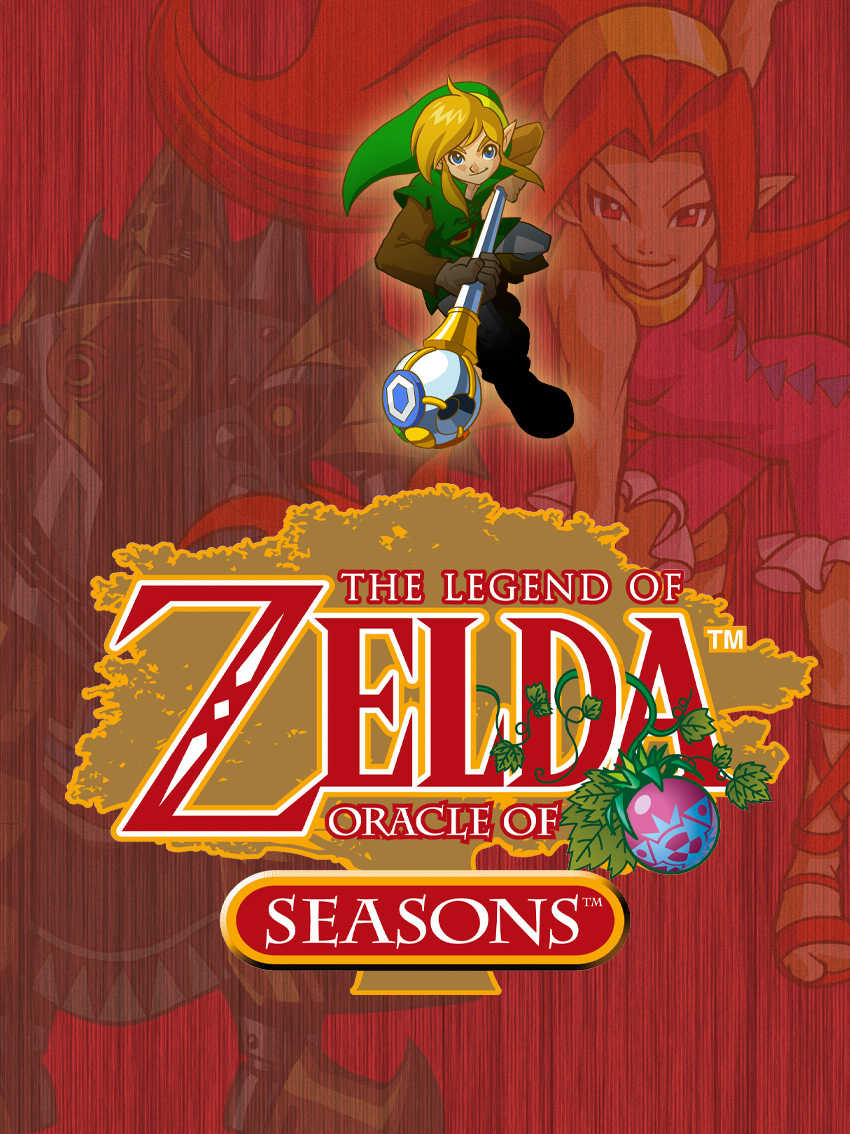
The Legend of Zelda: Oracle of Seasons
The Legend of Zelda: Oracle of Seasons is one of two Zelda titles released for the Game Boy Color, the other being Oracle of Ages. The game retain many gameplay elements from Link's Awakening such as the graphics, audio and top-view perspective. It also features eight dungeons and a large overworld to explore like in the previous games. Oracle of Seasons is said to be more action-oriented than its counterpart being more puzzle-oriented. After completing one of the two games, both can be linked to form a single linear plot with an alternate ending. Oracle of Seasons and Oracle of Ages were often credited as being two of the top games for the Game Boy Color.
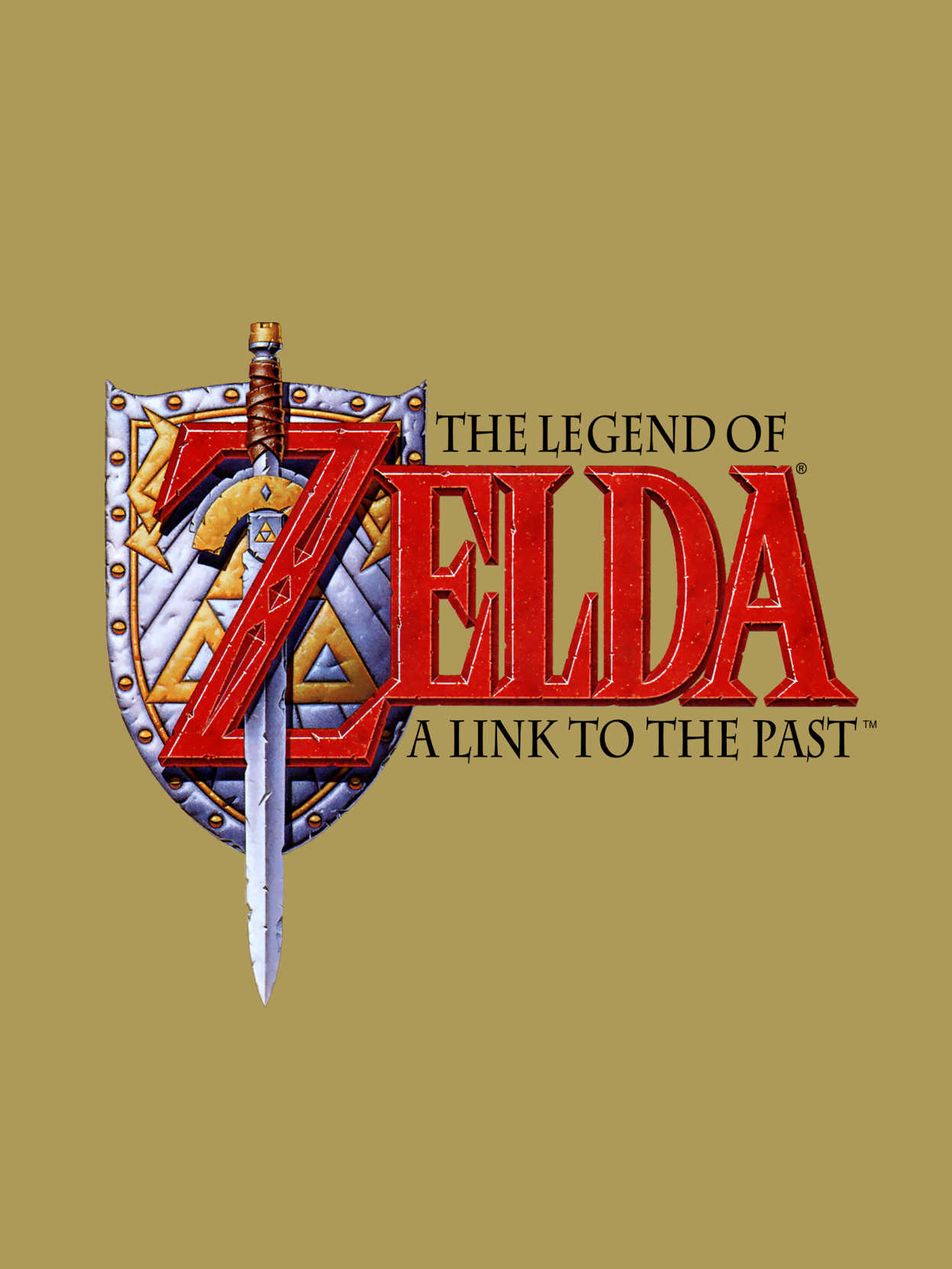
The Legend of Zelda: A Link to the Past
The Legend of Zelda: A Link to the Past is a top-down action game with puzzle-solving elements similar to the original The Legend of Zelda. After the side-scrolling and RPG-like gameplay of Zelda II: The Adventure of Link, the game is a return to the top-down view and gameplay style of the first installment. It introduces major new items to the series such as the Master Sword and the concept of two different worlds, which was revisited to some extent in Ocarina of Time with two distinct time periods rather than dark and light worlds.
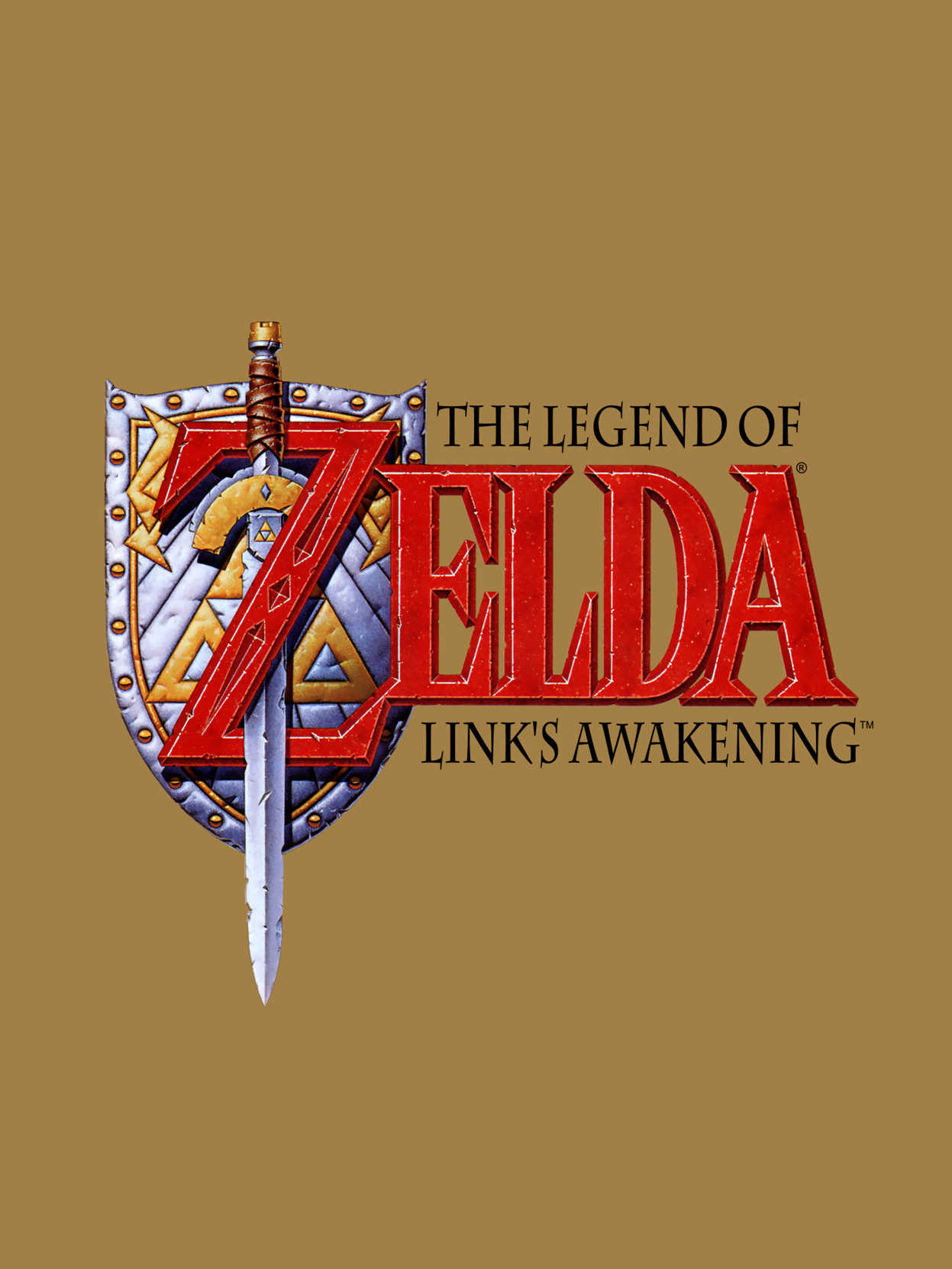
The Legend of Zelda: Link's Awakening
The Legend of Zelda: Link's Awakening is the first title in the series to be released on a handheld system and the only Zelda title on the original Game Boy. The gameplay is mostly similar to its predecessor with a top-down perspective, however there are short sections in dungeons where the game switches to a side-scrolling view with platforming elements. For this new adventure, Link must go onto each of the 7 temples to retrieve a musical instrument that will help awaken the Wind Fish. Along the way, he must search the land and uncover hidden treasures and items that will allow him to progress on his journey. Since its release, Link's Awakening has been popular among fans and critics.
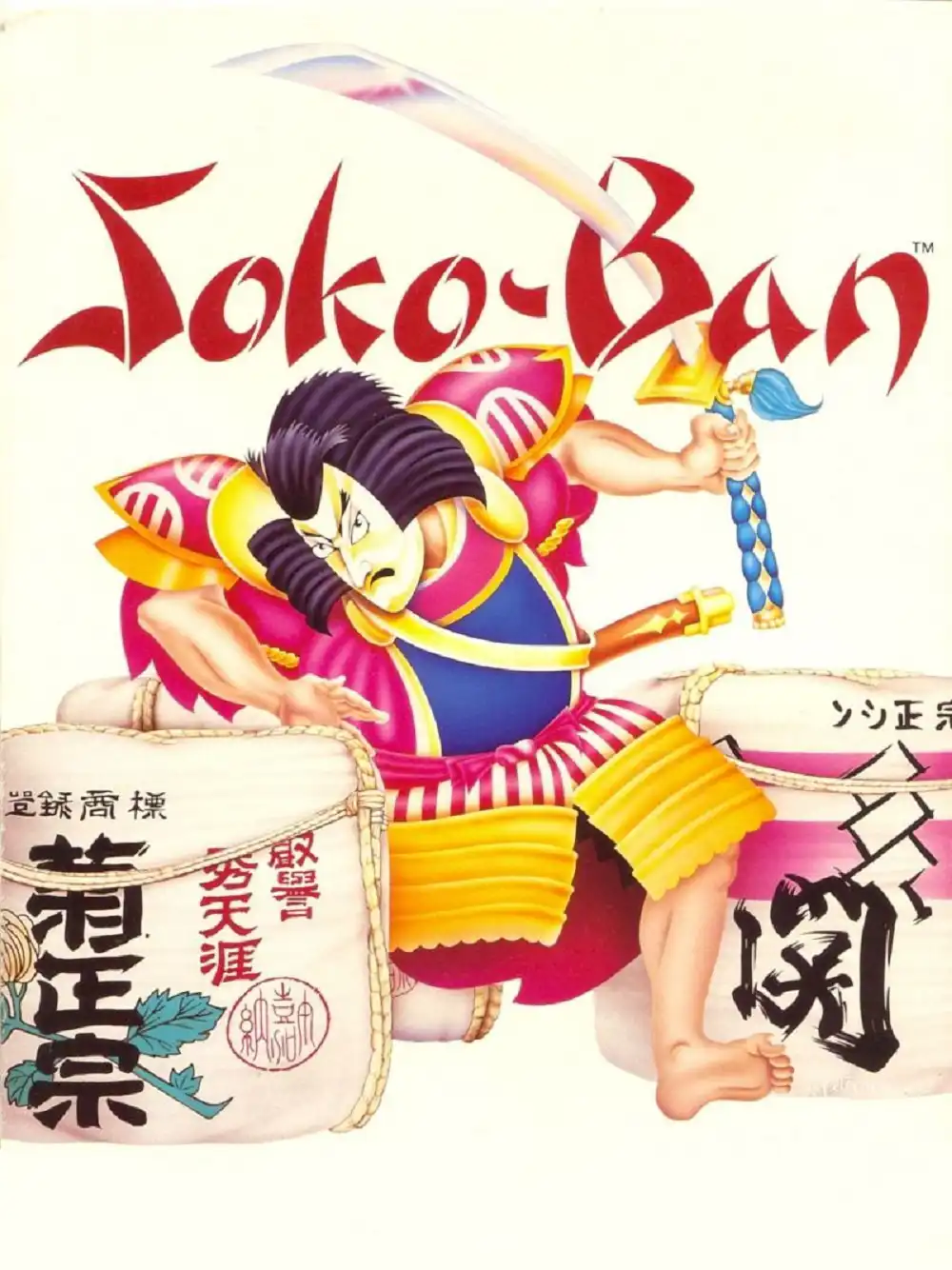
Soko-Ban
Sokoban ("warehouse keeper") is a is a classic puzzle game created in 1981 by Hiroyuki Imabayashi, and published in 1982 by Thinking Rabbit, a software house based in Takarazuka, Japan. In 1984 the ASCII Corporation published a version produced by Khaled Bentebal. It was the basis of numerous clones in the later years. It is set in a warehouse. On each level, the player must push crates (from square to square) to get them onto designated spots; once each crate is on a marked spot, the level is complete. Crates can only be pushed one at a time (so two crates next to each other cannot be pushed together), and cannot be pulled--so it's possible to get a crate stuck in a corner, where it cannot be retrieved! By the last levels, you must plan 40 steps in advance.